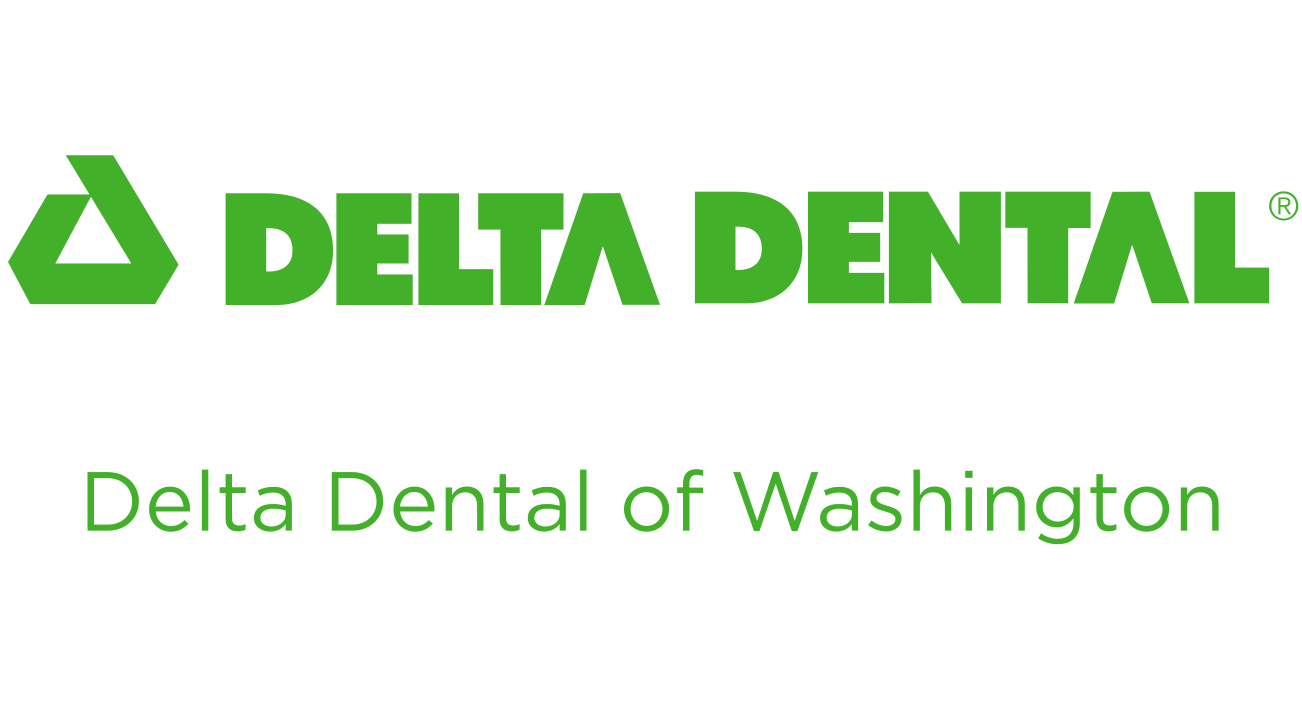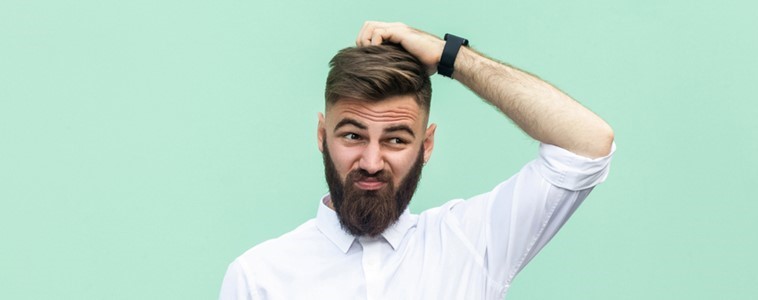Tooth brushing is truly its own art form. In a lot of ways brushing properly is complicated, but if done right can have beautiful and healthy results. But is there a right way or wrong way to brush your teeth?
It’s a simple question, but one that you may not know how to answer. It’s one of those tricky questions that if you asked your friends to write down what techniques they use to brush their teeth each night, you would get drastically different answers. The truth is, there is a very specific way you are supposed to brush your teeth. It is a technique that was developed years ago and has been maintained by the American Dental Association. But even if you’re brushing like you’re supposed to, the physical part of brushing your teeth only covers half of the tooth brushing process.
The other half of the process involves a handful of small (but important) hygienic details that most of us don’t think about on a daily basis, but probably should be. Are you guilty of any of these bad habits?
Holding Your Toothbrush Wrong
You might not realize it now, but the angle at which you hold your toothbrush can make a big difference in the health of your gums. To make sure you’re toothbrush posture is what it should be, you need to hold your brush at a 45 degree angle to your gums. An easy trick to make sure you are brushing at the right angle is to brush your teeth with your elbow as close to your side as possible. This way of brushing is the most effective for eliminating buildup of plaque near the gum line that can cause gingivitis and bad breath.
Ready to Buy Dental Insurance?
This article is very high-level information. We recommend you always review plan details and get a quote before you purchase a dental insurance plan. We offer 5 plans with different coverage and monthly premiums.
Brushing Too Hard
You really can have too much of a good thing, especially when it comes to how aggressively you brush your teeth. When you brush too hard, you end up doing more damage than good to your pearly whites. This happens because continuous and aggressive brushing can cause your gums to recede and expose the surface of your teeth. This can put you at risk for nasty bacteria to build up and cause problems down the line.
Not Brushing Your Tongue
Your daily brushing routine probably seems picture perfect from the outside. But how often are you brushing your tongue? If your answer is anything less than daily, you might want to consider making your tongue a priority. To do this, start by getting yourself a tongue scraper. You can pick one up at most drug stores for relatively cheap. After you brush your teeth, simply follow up by using your tongue scraper to get rid of excess bacteria in your mouth that brushing might have missed.
Not Using Mouthwash
Brushing and flossing are great habits to have, but nothing compliments these efforts quite like a nice rinse of mouthwash. Mouthwash is important to use because it helps get rid of stubborn plaque and bacteria that you might have missed while brushing. There are two types of mouthwashes to choose from including cosmetic mouthwash or therapeutic mouthwash. For your daily routine, look for a therapeutic mouthwash that controls bad breath and plaque.
Brushing Your Teeth in the Shower
Everybody likes to get more done with less effort, which is probably why just under five percent of Americans admit to regularly brushing their teeth in the shower. But is brushing your teeth in the shower sanitary? Or just plain gross? As it turns out, it’s mostly gross. Our showers and bathrooms are the perfect breeding ground for bacteria. No matter what, the safest most sanitary way to brush your teeth is over your bathroom sink.
Want More Oral Health Tips?
Join the conversation on Twitter!












